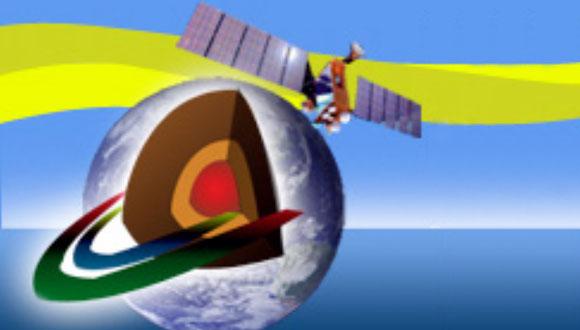סמינר בחוג למדעי כדור הארץ: How far can we push earthquake seismology with mini-arrays?
Hillel Wust Bloch, TAU
Abstract:
Standard earthquake seismology uses primarily network-based data to recover source parameters. Earthquake locations and magnitudes are routinely estimated to produce earthquake catalogs and extract seismogenic parameters for earthquake hazard assessment. Realtime earthquake seismology, by contrast, attempts to estimate the same source parameters in as little time as possible. Earthquake Early Warning Systems (EEWS) use these realtime source parameters, in order to predict ground motion at specific locations before the arrival of destructive seismic waves. Existing EEWS, however, face a challenging trade-off between the speed and the robustness of their predictions.
When a seismic network is made up of mini-arrays rather than single sensors (e.g. DeadSeaNet), one can directly sample wavefronts that propagate through the mini-array and two additional parameters can be recovered: slowness and backazimuth. These two parameters can now be used to speed up event location, make more robust predictions and minimize false alerts. Finally, modeling wavefield propagation, in-situ and in realtime, also bypasses the need to recover source parameters in order to predict ground motion.
מארגנת הסמינר: ד"ר רוית חלד


